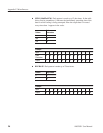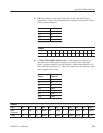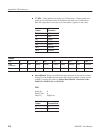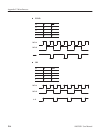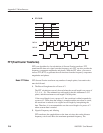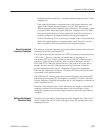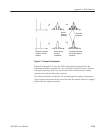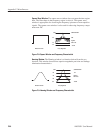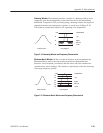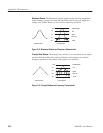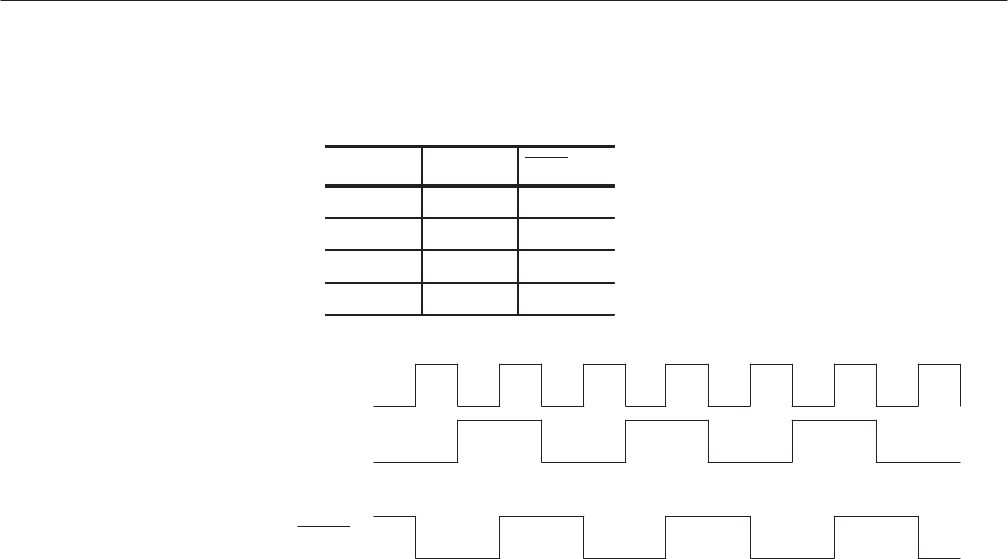
Appendix F: Miscellaneous
FĆ16
AWG2021 User Manual
H EX-NOR
A B
AęB
0 0 1
0 1 0
1 0 0
1 1 1
DATA B
DATA A
A ⊕ B
FFT (Fast Fourier Transforms)
FFT is an algorithm for fast calculation of discrete Fourier transform. FFT
transforms the time axis signal onto the frequency axis. FFT can also provide the
frequency component magnitudes and phases. With the FFT editor, you can use
inverse FFT (IFFT) to generate the real time data from the frequency component
magnitudes and phases.
FFT discrete Fourier transforms any number of sample points, but certain rules
must be followed.
1. The Record Length must be a Power of 2.
The FFT calculations can only be used when the record length is an power of
2 (2, 4, 8, ...2
n
). The minimum record length for the this instrument is 512
points, and the maximum record length is 16384 points.
If the record length is not a power of 2, the waveform is edited expanded to
a power of 2. Then when the editing is complete and the waveform is saved,
the waveform is reduced to its original record length by interpolating the
data. Therefore, it is recommended to use the record length of a power of 2
when accurate data is needed.
2. Nyquist Frequency and Aliasing
FFT transforms the sampled data on the time axis into data on the discrete
frequency axis from 0 Hz to the maximum permitted frequency. The
Basic FFT Rules



